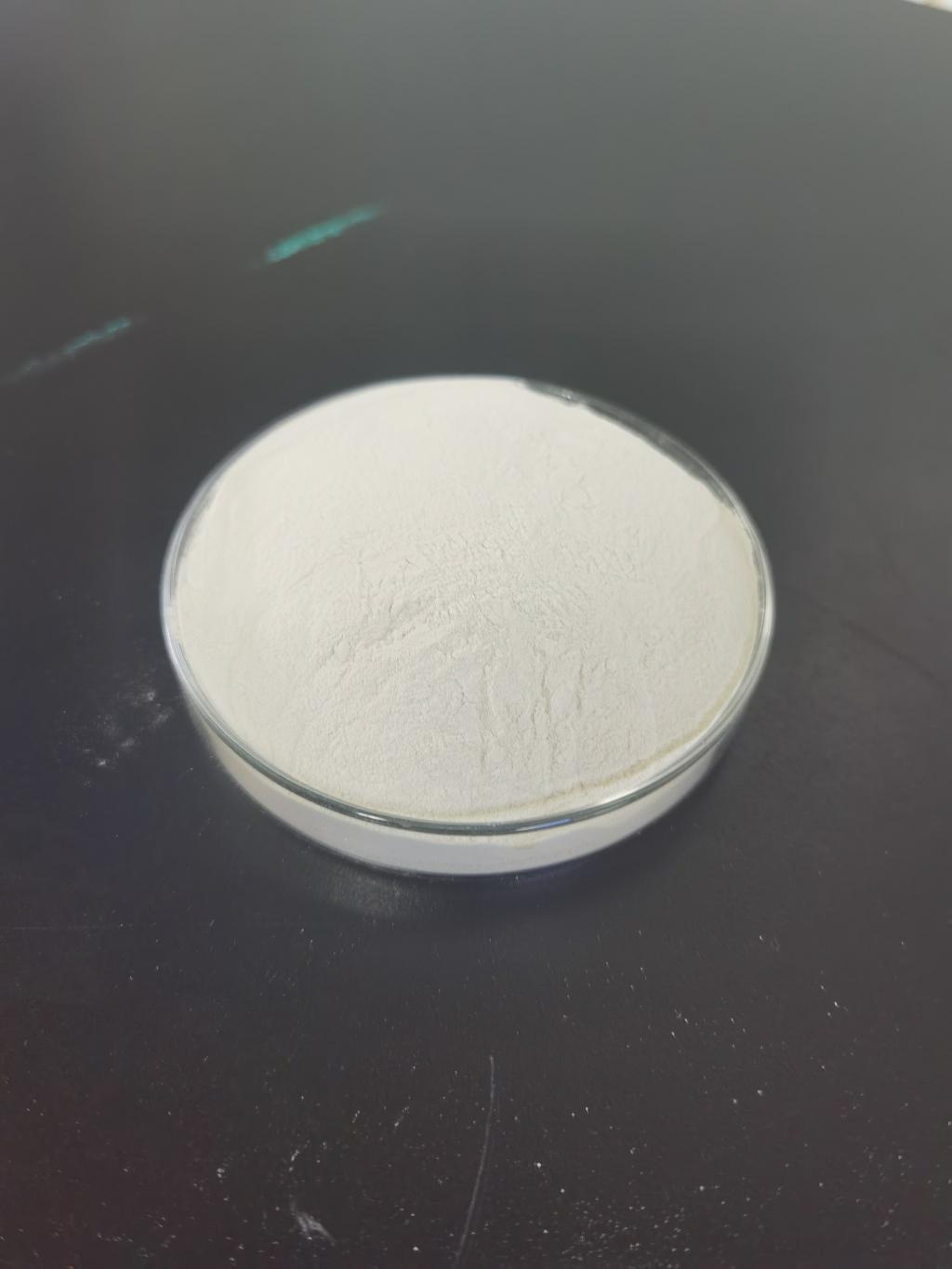Tel:+8618231198596

News
 CONTACT
CONTACT
 CONTACT
CONTACT
- Linkman:Linda Yao
- Tel: +8618231198596
- Email:linda.yao@dcpharma.cn
- Linkman:CHARLES.WANG
- Department:Overseas
- Tel: 0086 0311-85537378 0086 0311-85539701
News
Nisin's Role in Enhancing the Safety of Ready-to-Eat Foods
TIME:2024-01-12
The Need for Food Safety in Ready-to-Eat Foods:
The rising demand for RTE foods is driven by factors such as busy schedules, changing lifestyles, and an increasing preference for convenient meal solutions. However, the safety of RTE foods is a critical concern due to the potential for bacterial contamination, especially from pathogens like Listeria monocytogenes and Salmonella. Ensuring the microbial safety of these foods is paramount to prevent foodborne illnesses and maintain consumer trust in this rapidly growing food sector.
Understanding Nisin's Mechanism of Action:
Nisin, derived from certain strains of lactic acid bacteria, primarily Lactococcus lactis, possesses a unique mechanism of action that makes it particularly effective against a broad spectrum of bacteria. The antimicrobial activity of nisin is attributed to its ability to disrupt the cell membrane of target bacteria. This disruption leads to the leakage of intracellular components, ultimately causing cell death. Importantly, nisin's mode of action is selective, targeting specific bacteria without harming beneficial microorganisms.
Nisin in RTE Meat and Poultry Products:
RTE meat and poultry products are susceptible to bacterial contamination, and ensuring their safety is a top priority for manufacturers. Nisin has demonstrated significant efficacy in controlling the growth of spoilage and pathogenic bacteria in these products. Its application can be through direct incorporation into the product or through active packaging, providing a dual layer of protection. This not only extends the shelf life of RTE meat and poultry items but also enhances their safety for consumers.
Nisin in Pre-packaged Salads and Fresh Cut Produce:
The convenience of pre-packaged salads and fresh cut produce has made them popular choices among consumers seeking healthy and quick meal options. However, the potential for contamination by foodborne pathogens, such as E. coli and Salmonella, poses a risk. Nisin's natural origin and effectiveness against these bacteria make it an ideal solution for enhancing the safety of pre-packaged salads and fresh cut produce. Its application helps mitigate the risk of bacterial growth during storage and transportation, ensuring that consumers can enjoy these products with confidence.
Nisin in Sandwiches and Deli Items:
Sandwiches and deli items are common components of RTE meals, and their safety is crucial for consumer health. Nisin has been successfully employed in controlling bacteria that can compromise the quality and safety of these items. Whether incorporated directly into the sandwich filling or applied through packaging, nisin acts as a reliable barrier against bacterial contamination, contributing to the overall safety and longevity of RTE sandwiches and deli products.
Challenges and Considerations in Nisin Application:
While nisin proves to be a powerful ally in enhancing the safety of RTE foods, certain challenges and considerations must be addressed. These include the need for optimal formulation to maintain stability in various food matrices, potential resistance development in target bacteria, and ensuring that the concentration of nisin used is both effective and safe for consumption. Additionally, regulatory compliance and consumer awareness are vital aspects that require careful consideration when incorporating nisin into RTE food products.
Consumer Perception and Labeling:
Communicating the use of nisin in RTE foods is essential to manage consumer perception effectively. As the demand for clean-label products grows, transparent and informative labeling becomes crucial. Manufacturers should highlight the natural origin of nisin, its selective antimicrobial action, and its role in enhancing food safety. Educating consumers about the benefits of nisin in RTE foods can contribute to building trust and confidence in the safety of these products.
Future Perspectives and Innovations:
As the food industry continues to evolve, innovations in nisin applications for RTE foods are likely to emerge. Researchers are exploring novel formulations, delivery systems, and combinations with other natural preservatives to optimize the efficacy of nisin. Additionally, advancements in technology may provide new ways to address challenges associated with stability and resistance. Continuous research and development in this area will contribute to further enhancing the safety and quality of RTE foods.
Conclusion:
Nisin's role in enhancing the safety of ready-to-eat foods is pivotal in addressing the challenges posed by bacterial contamination and ensuring consumer well-being. From meats and poultry to salads, sandwiches, and deli items, nisin's versatility makes it a valuable tool for the food industry. As the demand for convenient and safe food options continues to rise, the application of nisin is poised to play a central role in shaping the future of ready-to-eat foods. With ongoing research, responsible application, and transparent communication, nisin stands as a natural solution to meet the evolving needs of both manufacturers and consumers in the RTE food sector.
- Tel:+8618231198596
- Whatsapp:18231198596
- Chat With Skype







